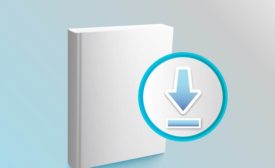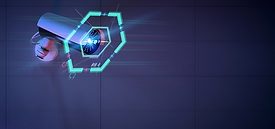Web Exclusive Stories
Firewalls, you’re fired
Even in progressive organizations, network-based security practices still linger and they can lead to a dangerously flawed cloud strategy.
August 9, 2021
Women in Security 2021 Edition
5 minutes with Kimber Goerres - Establishing technical security requirements
August 6, 2021
Sign-up to receive top management & result-driven techniques in the industry.
Join over 20,000+ industry leaders who receive our premium content.
SIGN UP TODAY!Copyright ©2024. All Rights Reserved BNP Media.
Design, CMS, Hosting & Web Development :: ePublishing













